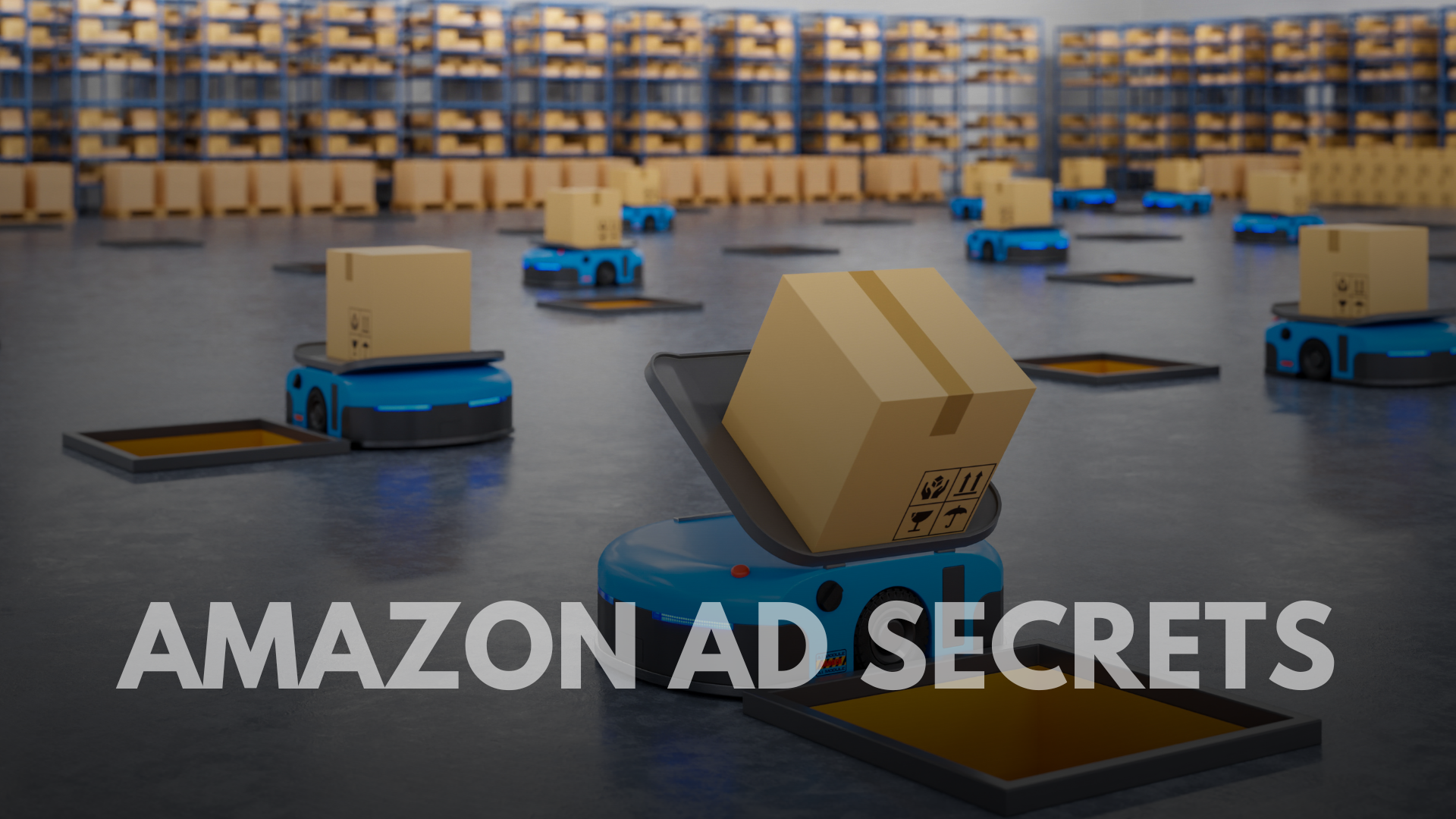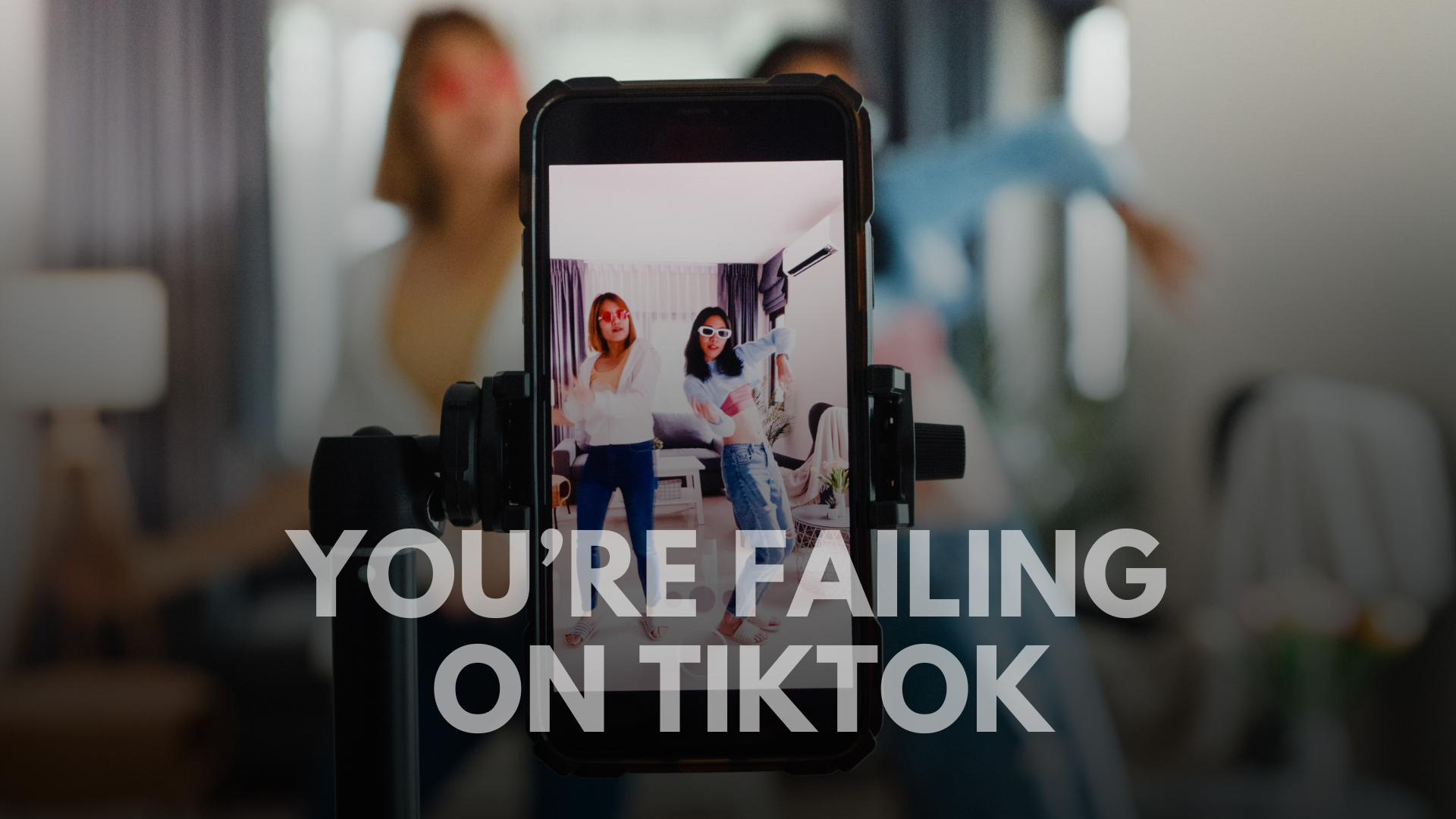Author: John Timmerman
CEO @ Good Monster
Conversion & retention problem-solvers.

Author: John Timmerman
CEO @ Good Monster
Conversion & retention problem-solvers.
You can keep filling it up with expensive paid ads and flashy campaigns, but most of that revenue potential is leaking right out of the bottom.
Every brand owner, private equity firm, and family office wants to scale revenue efficiently.
But here’s the harsh truth: while you’re chasing CAC reductions and ROAS improvements, your existing audience is sitting there—ready to buy—getting ignored.
That’s not just a mistake. It’s a financial crime against your own brand.
Most brands send emails like it’s still 2010.
— John Timmerman (@JohnnyTimbo) February 5, 2025
📢 “BUY NOW!”
📢 “20% OFF!”
📢 “Don’t forget about us 😢”
That’s why their open rates suck and their conversions are worse.
Let’s fix that. 🧵👇 pic.twitter.com/7DJvCKIxgo
Most companies are obsessed with acquisition. They’ll pump millions into Meta and TikTok ads, launch influencer campaigns, and go all-in on SEO.
But then what?
A pitiful 1-2% of those acquired customers convert. The rest? Gone.
Now, imagine increasing your conversion rate by the same 1-2%.
For most brands, that’s an extra six or seven figures—without spending a single extra dollar on acquisition.
Let’s say you’re running a DTC brand doing $5M per year.
Your email marketing is… fine.
Maybe you send the occasional promo, a cart abandonment flow, and a welcome series. But you’re still leaving money on the table.
I worked with a brand in the home goods space last year.
They were killing it with paid ads but had zero post-purchase engagement. Their customer LTV was embarrassingly low, and retention was non-existent.
We revamped their email strategy—personalized post-purchase journeys, behavior-based flows, and dynamic offers.
Within six months? A 40% increase in repeat purchases and an extra $1.2M in revenue.
Most brands treat email marketing like an afterthought.
— John Timmerman (@JohnnyTimbo) February 5, 2025
OLIPOP turned it into a cash machine.
Here’s how they made email their highest-ROI marketing channel (and how you can, too) 🧵👇 pic.twitter.com/lpPfTxao2H
“But our brand is different…”
Let’s address the counterarguments. Yes, some marketing leaders will say, “TikTok doesn’t fit our brand.” Maybe. But here’s the thing: Brands like Glossier, Aldi, and even The Washington Post have gone viral by taking risks. Glossier leans into community feedback, Aldi runs hilarious relatable skits, and The Washington Post’s account is literally just a journalist acting out news stories with memes.
TikTok forces you to get uncomfortable. It challenges your team to break free from traditional marketing molds. And that’s exactly why it’s such a goldmine.
Here’s what I know: I’ve worked with brands that doubled their TikTok ROI by throwing out the rulebook. I’ve seen teams swap overproduced ads for messy, authentic content—and go viral. It’s not magic. It’s about understanding what actually works.
So here’s your next step: Spend one week immersed in TikTok. No posting, no ads. Just watch. Learn what people love. Then start small. Test five raw, experimental videos. I guarantee you’ll learn more in one month than any playbook could teach you.
What’s holding you back from winning on TikTok? Drop your thoughts—I’ll share what’s worked for other brands just like yours.

About the author:
John Timmerman
CEO at Good Monster
With over 12 years of experience in marketing strategy, leadership, brand building, digital marketing, and performance marketing, I have the skills and knowledge to create and execute effective campaigns that drive traffic, conversions, and revenue.



All Rights Reserved | John Timmerman